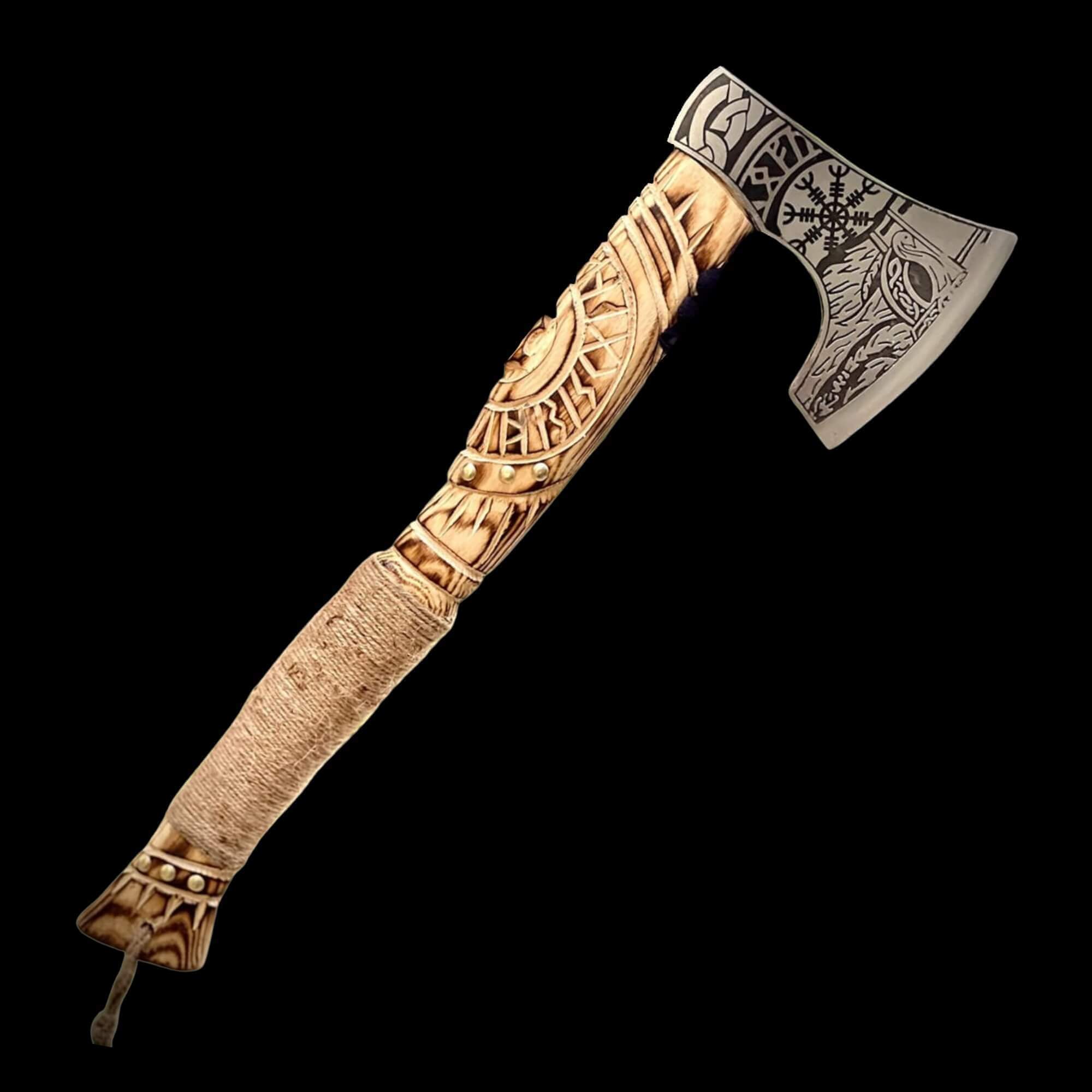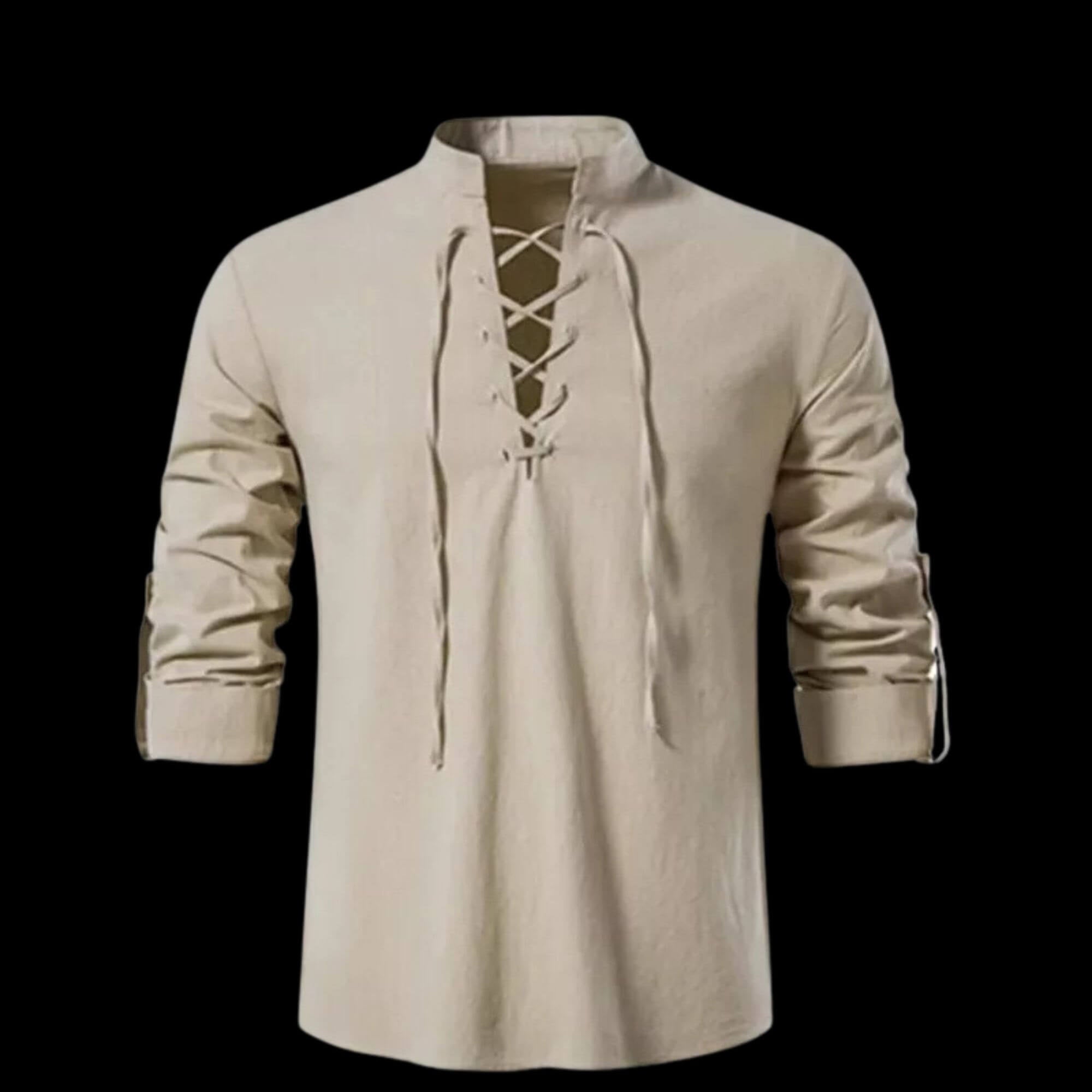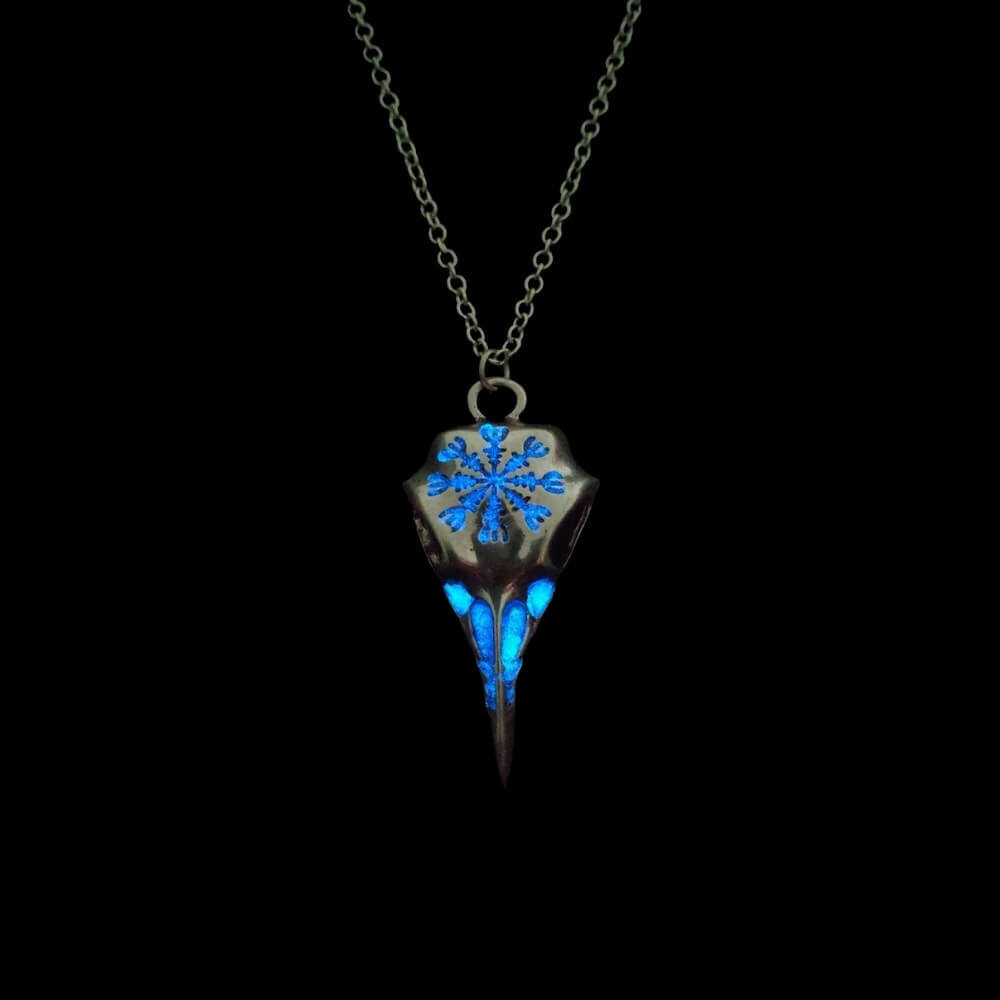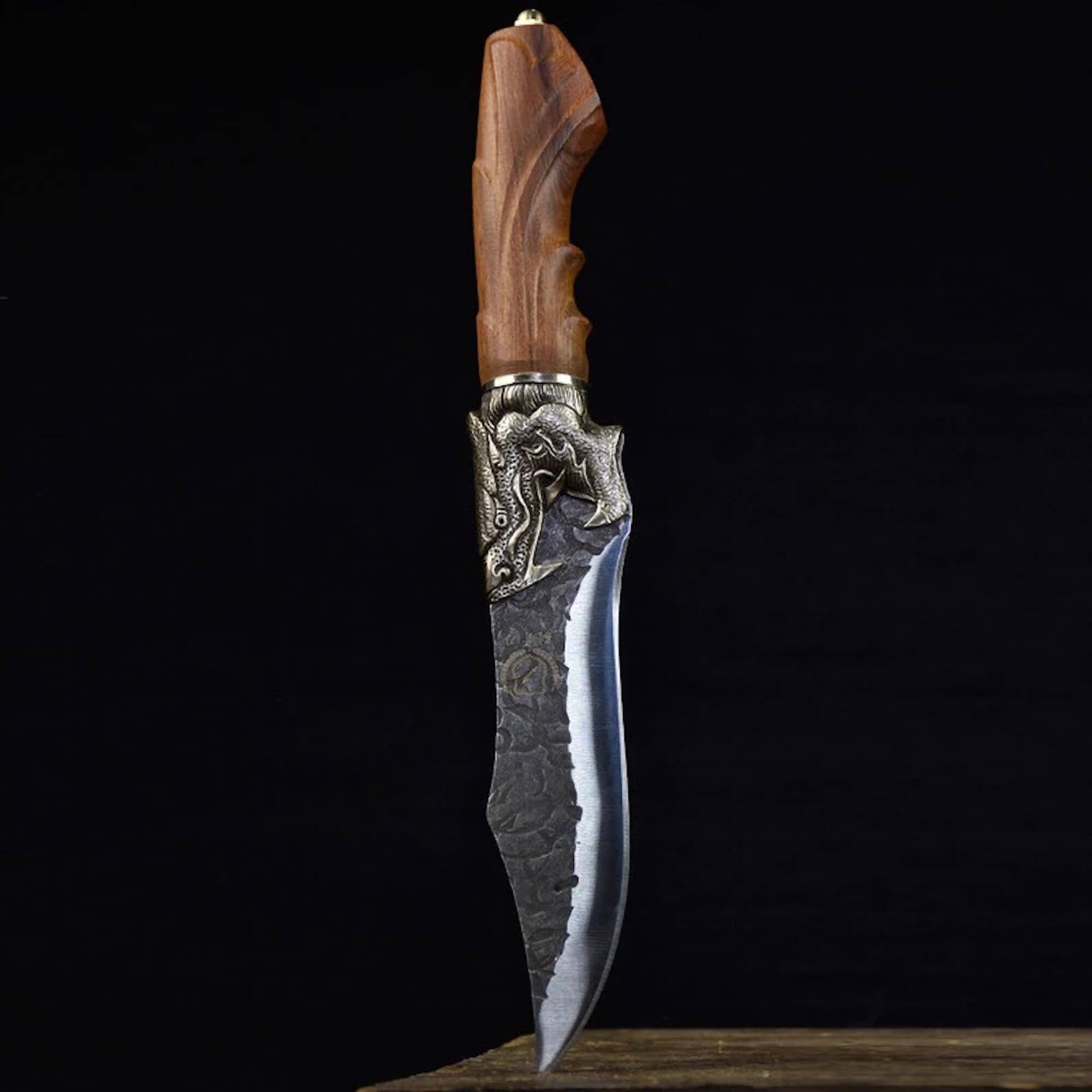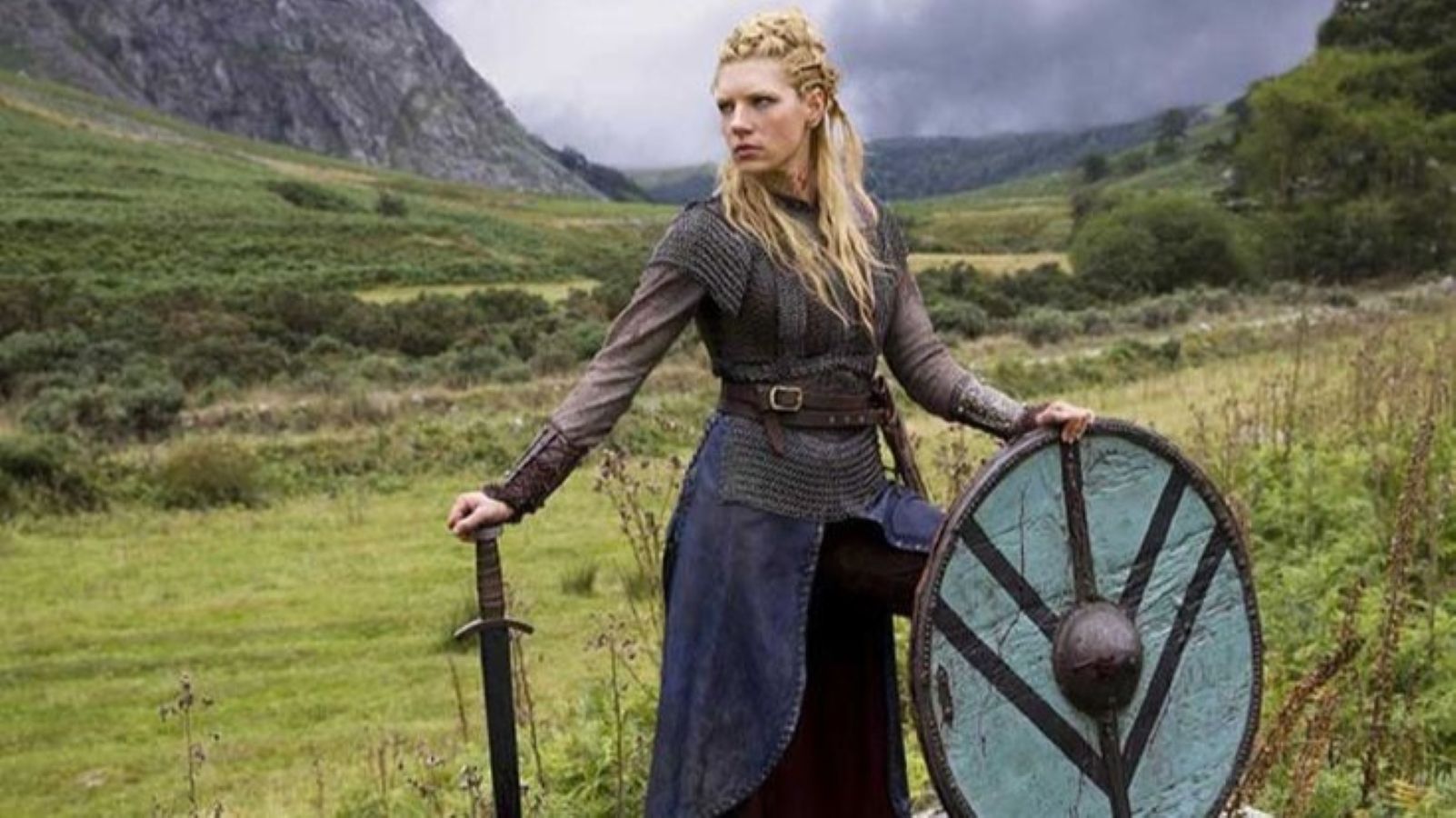
Shield-Maidens: Unveiling the Legacy of Female Viking Warriors
In 1889, archaeologists unearthed a remarkable Viking-age grave in Birka , Sweden—a site often referred to as the "Viking capital." The remains were surrounded by an arsenal of weapons: swords, axes, arrows, spears, and even the bones of two horses. This lavish burial clearly honored a high-ranking warrior, possibly a commander. For over a century, the assumption was that this individual was male. However, advancements in DNA analysis in 2017 confirmed what some scholars had begun questioning since the 1970s: the Birka warrior was female .
This discovery reignited debates about the existence of shield-maidens , women warriors celebrated in Norse sagas but long dismissed as mythological or exaggerated figures. Yet, as archaeology and historical texts converge, evidence mounts to affirm that these warrior women were not only real but integral to Viking society.
Shield-Maidens in Myth and Reality
The concept of shield-maidens is deeply embedded in Norse culture and literature. The Poetic Edda and Prose Edda , foundational texts of Viking lore, frequently mention women who fought alongside men, led armies, or served as companions to gods like Odin. Figures such as Brynhildr , a valkyrie and central character in the Völsunga Saga , epitomize the archetype of the shield-maiden—fierce, independent, and bound by honor.
While sagas blend fact with fiction, the sheer frequency of references to shield-maidens suggests they held cultural significance. As historian and archaeologist Neil Price argues in his book The Children of Ash and Elm , the prevalence of these stories reflects societal acceptance rather than mere fantasy. “If it was something so out of the ordinary,” he writes, “why was it so common in the text?”
Price’s argument extends beyond myth to tangible proof. Archaeological findings, including graves like the Birka warrior’s, reveal that women were buried with weaponry, horses, and other symbols of martial prowess. These artifacts mirror those found in male warrior graves, challenging outdated assumptions that combat roles were exclusively male. Price emphasizes, “We must ensure that the same standards of data, evidence, and logic should apply regardless of sex.”
Archaeological Evidence: Empirical Proof of Female Warriors
The Birka grave is not an isolated example. Across Scandinavia, numerous female burials have been discovered containing weapons, armor, and other indicators of military status. For instance:
- A grave in Norway contained a woman buried with a sword, spear, and shield.
- Another in Denmark revealed a skeleton clad in full battle regalia, complete with arrows and a bow.
These findings align with Viking funerary practices, where items placed in graves reflected the deceased’s role in life. If women were consistently buried with weapons, it stands to reason they wielded them in reality—not just in legend.
Moreover, Viking society valued pragmatism. With men often away on raids or expeditions, women likely took up arms to defend their homes, settlements, and communities. Historical accounts, such as those describing the defense of Dublin during the 9th century, hint at women participating in battles alongside men.
The Legacy of Shield-Maidens: Strength Beyond Time
What makes shield-maidens so compelling today? Their legacy transcends history, offering timeless inspiration for resilience, courage, and equality. To better understand their impact, we spoke with women of Norse descent about how these warrior ancestors influence their lives.
One respondent shared, “Knowing I descend from badass foremothers gives me strength when facing challenges. They remind me that bravery isn’t limited by gender.” Another noted, “It’s empowering to see women represented as leaders and fighters in a time we think of as male-dominated. It’s proof that our ancestors valued capability over convention.”
For many, shield-maidens symbolize defiance against societal constraints. In a world where women are often marginalized, these warriors stand as reminders of what can be achieved when talent and determination take precedence over prejudice.
Entering Valhalla: Living On Through Inspiration
Though the names of most shield-maidens remain lost to time, their deeds echo through the ages. Their stories inspire contemporary movements for gender equality, from female soldiers breaking barriers in modern militaries to activists challenging stereotypes in traditionally male fields.
In Norse belief, fallen warriors ascend to Valhalla , Odin’s hall of heroes, where they prepare for Ragnarök—the end of the world. Symbolically, shield-maidens have entered a different kind of Valhalla: one carved into the collective memory of humanity. Through art, literature, film, and personal reverence, they continue to inspire countless generations.
Modern pop culture reflects this fascination:
- Marvel’s Thor comics feature Valkyries and shield-maidens as formidable allies.
- Video games like Assassin’s Creed Valhalla highlight female protagonists leading Viking clans.
- Literature, such as Bernard Cornwell’s The Last Kingdom , portrays shield-maidens as pivotal characters.
Each adaptation reinforces the shield-maiden archetype: women who embody strength, wisdom, and unyielding resolve.
The existence of shield-maidens challenges us to reconsider preconceived notions about Viking society—and history itself. Far from anomalies, these women were respected warriors whose contributions shaped their era. Their legacy persists not only in archaeological records but also in the hearts of those inspired by their courage.
As we reflect on their stories, let us carry forward the shield-maiden spirit: a commitment to breaking boundaries, embracing challenges, and forging paths that future generations will follow. In doing so, we honor their memory and ensure they remain immortalized—not merely as relics of the past, but as enduring icons of triumph and empowerment.

